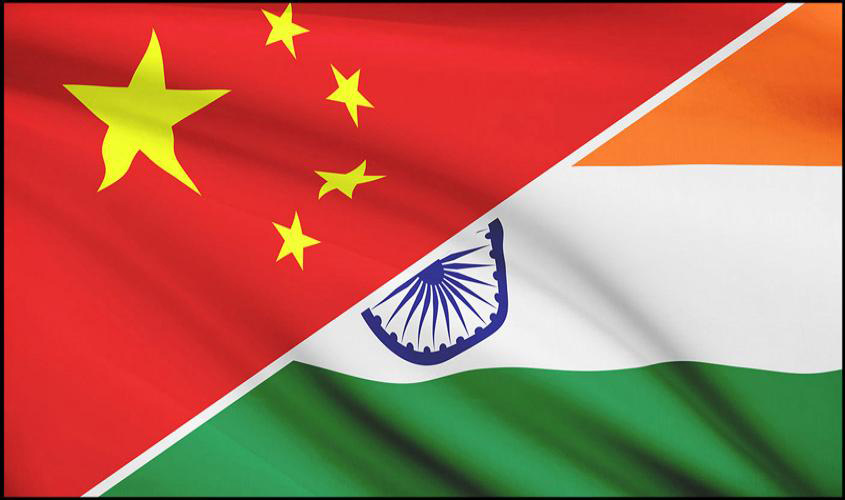INDIA’S RICH GEOPOLITICAL HISTORY: There were resident Hindu, Muslim, Syrian Christian, and Jewish traders in Kerala, Karnataka, Maharashtra, Gujarat, trading spices with Asia and Africa, and even the Roman Empire. Remnants of the army of Alexander the Great are said to have settled in Coorg, Karnataka. Gujarat’s Kachchi traders in the 18th and 19th centuries developed sea routes to Oman and its colony, Zanzibar. When the naval blockade during the American Civil War prevented cotton exports from the Confederate States, it was Indian cotton that saved the day for European looms.
TRILLIONS FOR INFRASTRUCTURE: Chinese President Xi Jinping has proposed the BRF/OBOR project reportedly at $1 trillion. But the Japan-India Delhi-Mumbai Industrial Corridor, for a fraction of the area covered by the BRF is itself pegged at $90 billion. Do these numbers really mean anything more than one-upmanship? Do commitments and proforma projections actually become investments? And if the investments are into failing projects, who will manage the resulting debt-trap? Reportedly, the Chinese-financed ports of Gwadar (Pakistan) and Hambantota (Sri Lanka) are largely idle, thereby creating an odious debt problem for the borrowing host nations.
ANDAMAN ISLANDS DEVELOPMENT: Port Blair, the capital of Andaman and Nicobar, was infamous during British India for its prison, where Indian freedom fighters were subjected to solitary confinement and other torture. Following the defeat of British forces in Rangoon in World War II, the Japanese Imperial Navy and Army took control of the islands, utilising a fleet of destroyers and cruisers, including the Kumano. Netaji Subhas Chandra Bose, who led the Indian National Army’s fight against British colonialism, visited Port Blair on 29 December 1943. Japan had offered to transfer the islands to Netaji’s Provisional Government-in-exile of Free India. That offer was never fully effectuated in the chaos of the War. Now, India and Japan plan to revive the ethos of that collaboration through infra development. Further, Shin Maywa amphibious search and rescue seaplanes are likely to be stationed on the islands to strengthen India’s surveillance and disaster management capability as well as the prevention of piracy. The Andaman islands are right in the middle of the Chinese submarine route through the Strait of Malacca.
RACE FOR INDUSTRIAL BELTS, ROADS AND CORRIDORS: Perhaps akin to the race for influence over rapidly decolonising regions in the post-War era between the erstwhile USSR and the US, the competition between large economies is creating unease among the rest as to what the ultimate goals might be. The movement of suboptimal goods through newly built infra that damages local manufacturing potential is already attracting criticisms, along with an alleged debt-trap that small economies are getting into in their dealings with OBOR/BRF. India, by contrast, has been selectively building infra abroad, for example, Iran’s Chabahar port to be potentially joined by Japan, and highways for Northeast states’ connectivity with the Far East, with co-financing from Japan.
The Japan External Trade Organization (JETRO), an arm of Japan’s Ministry of Economy, Trade and Industry, has reportedly been tasked with preparing a roadmap for the Japan-India partnership. However, JETRO is primarily skilled at project development, hardly at geopolitical strategy, especially when it encompasses national security. In the US, such developments are immediately followed up by a range of think tanks and universities, laying out multiple strategic options. In the case of Japan and India, that continues to be an unfilled lacuna. Chinese growth of infrastructure has often trailed Japan’s. Overseas development assistance from Japan since the 1950s has been targeted at utilising its surplus capital for Asian and African growth, as outlined by pioneers like the late Foreign Minister, Dr Saburo Okita. Today, Japan’s Partnership for Quality Infrastructure (PQI) is a $110 billion initiative, active especially in Asia. Now, with economies picking up in Asia, Africa and the Middle-East, the probability has never been brighter for Japan’s growth strategy to achieve further progress in close partnership with a fast-growing India that has been a natural ally of the global South.

